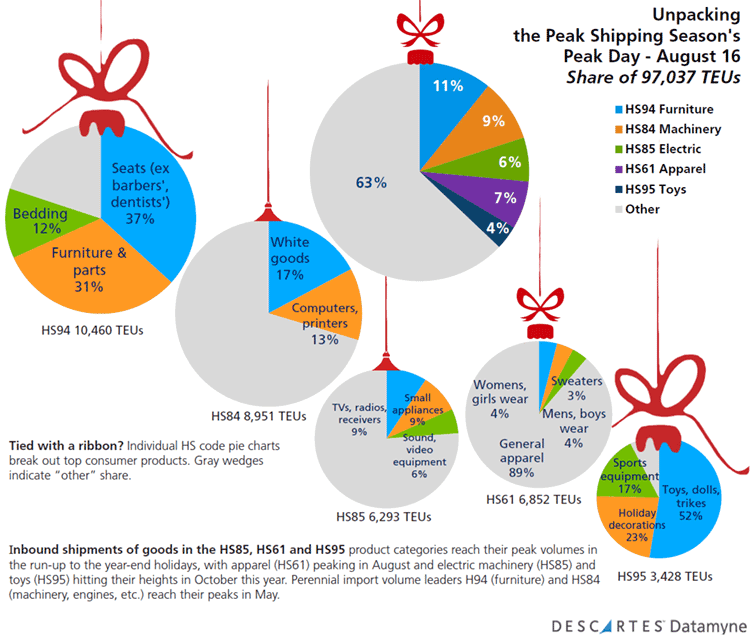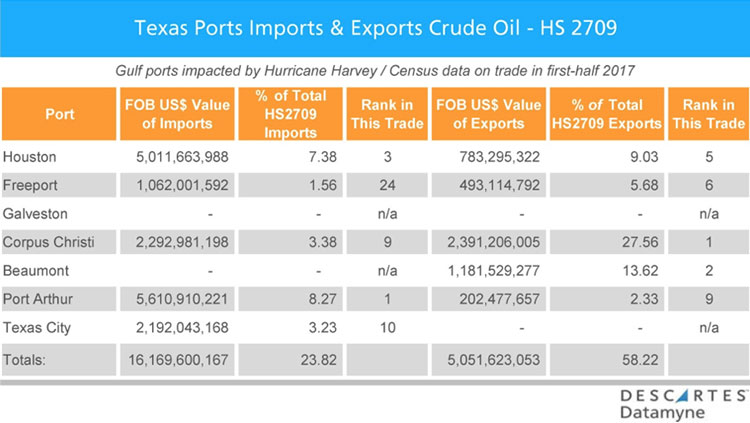By Bill Armbruster
The Problems:
• Shippers are facing severe shortages of vessel capacity. Even some who have booked shipments weeks in advance and who are regular customers have had their containers “rolled” at the piers because container carriers are giving priority to bigger customers and/or those who are willing to pay more.
• Carriers are demanding – and getting – hundreds of dollars in rate increases, regardless of the rates they agreed to in contracts signed last year. Carriers in the trade from Asia to the U.S., for example, posted “emergency recovery charges” of up to $400 a box. Space was so tight in the weeks prior to Chinese New Year that some imposed an extra $200 a container just to guarantee that the shipment moved on the booked voyage.
• Besides the shortage of vessel space, there is also a shortage of containers. Carriers have slashed intermodal service so that shippers, particularly exporters in the U.S. interior, have to make their own arrangements with truckers or railroads to move their cargo to the port. This can cost upwards of $2,000.
The Cause:
In order to raise rates, carriers reduced the supply of capacity by laying up their own ships, returning chartered vessels to their owners, by slow steaming, by eliminating services, and through vessel-sharing agreements.
The Background:
Carriers’ bottom lines have taken a huge hit over the past few years. I see four reasons for their plight. The first two are their own fault.
• The Great Recession. With the biggest contraction in trade since World War II, cargo volumes tumbled in 2008 and 2009. The plunge in imports especially hurt the carriers’ bottom lines because their rates on finished goods, which dominate imports, are much higher than the low-value commodities such as waste paper, scrap metal and hay that dominate U.S. containerized exports.
• Billion-dollar buying binges. Carriers invested massive amounts of money on large new vessels – enough to double the capacity of the world container fleet by 2013.
• The race to the bottom. In a desperate bid to get whatever revenue they could, carriers slashed rates by hundreds of dollars a container – even when shippers didn’t ask them to do it.
• Bunker busters. Soaring oil prices, which topped off at $147 a barrel in mid-2007, sent bunker fuel costs so high that for a while they accounted for more than half of voyage operating costs.
What Shippers Can Do:
Unfortunately, the options are limited, given the carriers’ success in tilting the supply-and-demand equation in their favor. But here are some ideas:
• Plan ahead. Try to determine your future needs.
• Communicate those needs to your carriers.
• Book your cargo early – perhaps even four to six weeks in advance.
• Be flexible. For example, consider alternative ports even if the inland transportation will be more expensive.
• Work with your truckers, and perhaps with other shippers in your region. For example, if you’re an exporter based in the U.S interior, you may find a trucker who is delivering import containers to a site near your facility. Perhaps the trucker can deliver that container to your facility and then carry your cargo in that container back to the port. You may be able to split the extra cost for the inland move with an importer.
• Inform your customers that your shipment may be late reaching them. Also tell them that your transportation costs are rising, and that you may want them to share in that extra cost.
• Finally, be realistic. Accept that you are going to have to pay more and that you may have to face some delays.
 Bill Armbruster, the anchor for The Datamyne Blog has covered shipping and trade for 30 years as a reporter and editor with The Journal of Commerce and Shipping Digest. “I’ll be blogging on headline news and current issues in oceangoing commerce, trying to shed some light on the backstories and, wherever I can, supply some sound advice for shippers.” Write to [email protected]
Bill Armbruster, the anchor for The Datamyne Blog has covered shipping and trade for 30 years as a reporter and editor with The Journal of Commerce and Shipping Digest. “I’ll be blogging on headline news and current issues in oceangoing commerce, trying to shed some light on the backstories and, wherever I can, supply some sound advice for shippers.” Write to [email protected]
The opinions expressed in this article are those of its author and do not purport to reflect the opinions or views or Descartes Datamyne. In addition, this article is for general information purposes only and it’s not intended to provide legal advice or opinions of any kind and my not be used for professional or commercial purposes. No one should act, or refrain from acting, based solely on this article without first seeking appropriate legal or other professional advice.





